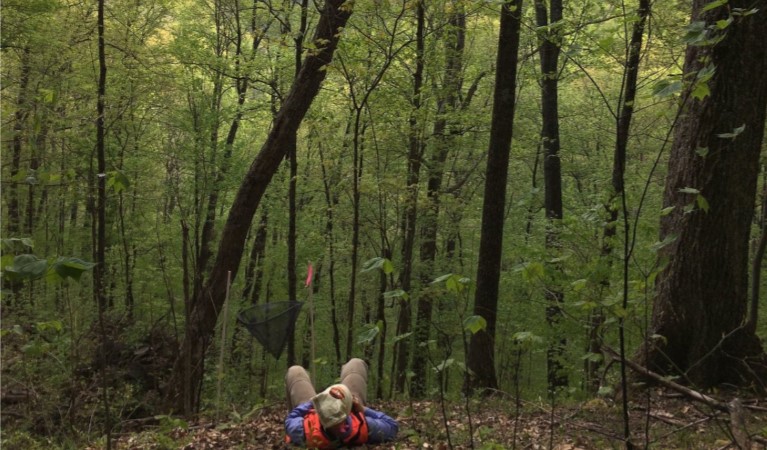
Completing a visual examination of seed production in the canopy (seed trap in the background).
By Abigail Goszka
Graduate student in Environmental & Plant Biology
I spent time conducting field research this year that took me from the mountains of West Virginia to Wyoming’s Yellowstone National Park, studying reproduction of the red maple.
The best part about studying plant ecology? You have an excuse to hike and “botanize” in areas that you normally wouldn’t have access to.
I am a master’s student studying in the lab of Dr. Rebecca Snell, Assistant Professor of Environmental & Plant Biology. I study how temperature and individual tree characteristics influence reproduction of red maple (Acer rubrum). To examine the effect of temperature, I need an elevation gradient with 500m (1,640ft) between the highest and lowest point. Because Ohio does not have drastic elevation changes, I had to find somewhere else to conduct my research. Luckily, I was able to work with the Forest Service’s Northern Research Station in West Virginia, allowing me to work in the Fernow Experimental Forest and in the Monongahela National Forest.
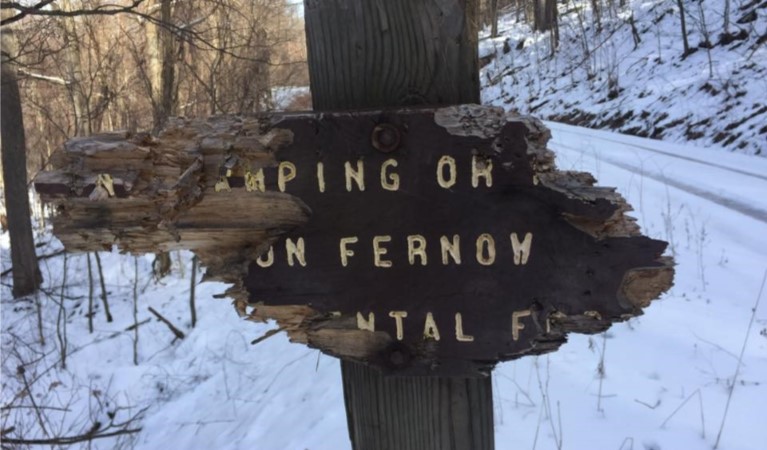
The Fernow bear’s favorite snack – wooden signs.
Weekends in April and March were spent scouting field sites that met the criteria for the study, while May and June were for collecting data on my trees and, my favorite part, collecting seeds. I will be spending another weekend in West Virginia in October to collect my temperature loggers that have been recording temperature since April, so I will get to experience this beautiful area in all four seasons.
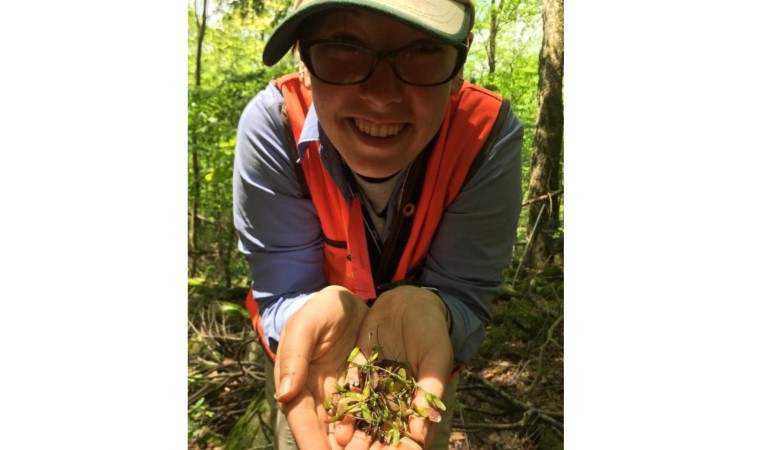
Finding seeds in my seed trap made me a happy graduate student!
My field assistant, Ava Heller, and I collected over 7,000 seeds. A portion of this seed will be scanned by Ohio University’s MicroCT Scanner. The three-dimensional image the scanner produces will be used to examine the amount of nutrients stored in the seed. Then I will test the relationship between the amount of nutrients stored and germination success. In other words, I will be able to determine how many of the seeds produced have the potential to become trees. For each tree, I also measured the volume of the canopy, measured the diameter for size comparison, determined the density of trees in the surrounding landscape, and took a tree ring sample from the trunk of each tree to age it and see how fast it has been growing in recent years. These measurements will be used to see what individual characteristics may be influencing reproduction.
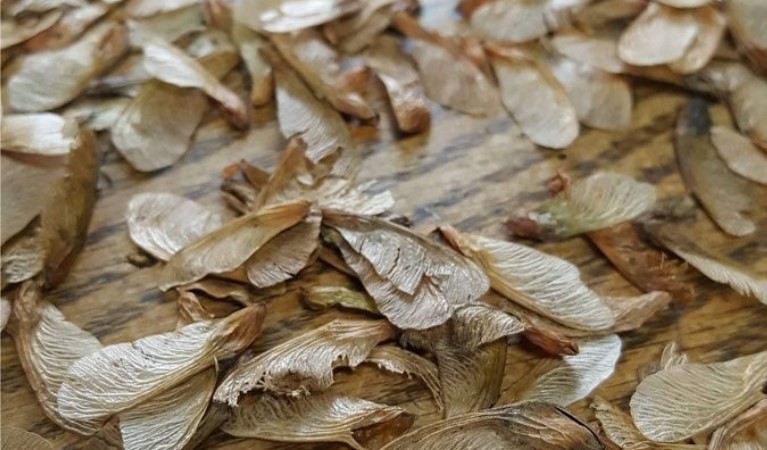
Over 7,000 red maple seeds were collected from 44 trees.
This summer also gave me the opportunity to travel to Cody, WY, for the North American Dendroecological Fieldweek. The workshop focused on using tree rings to answer ecological questions in the Greater Yellowstone area. Not only did I come back with the skills needed to analyze the tree ring data I collected this summer, but it also came with the perk of a day to hike in Yellowstone National Park.
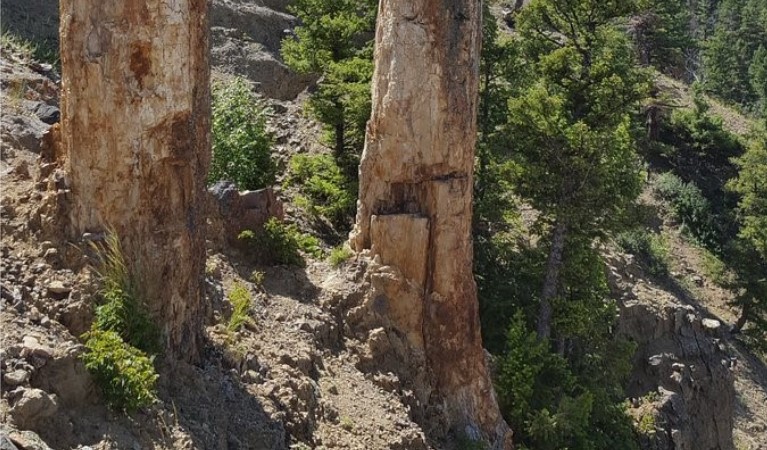
Fossilized trees on the specimen ridge trail in Yellowstone National Park.



















One Comment